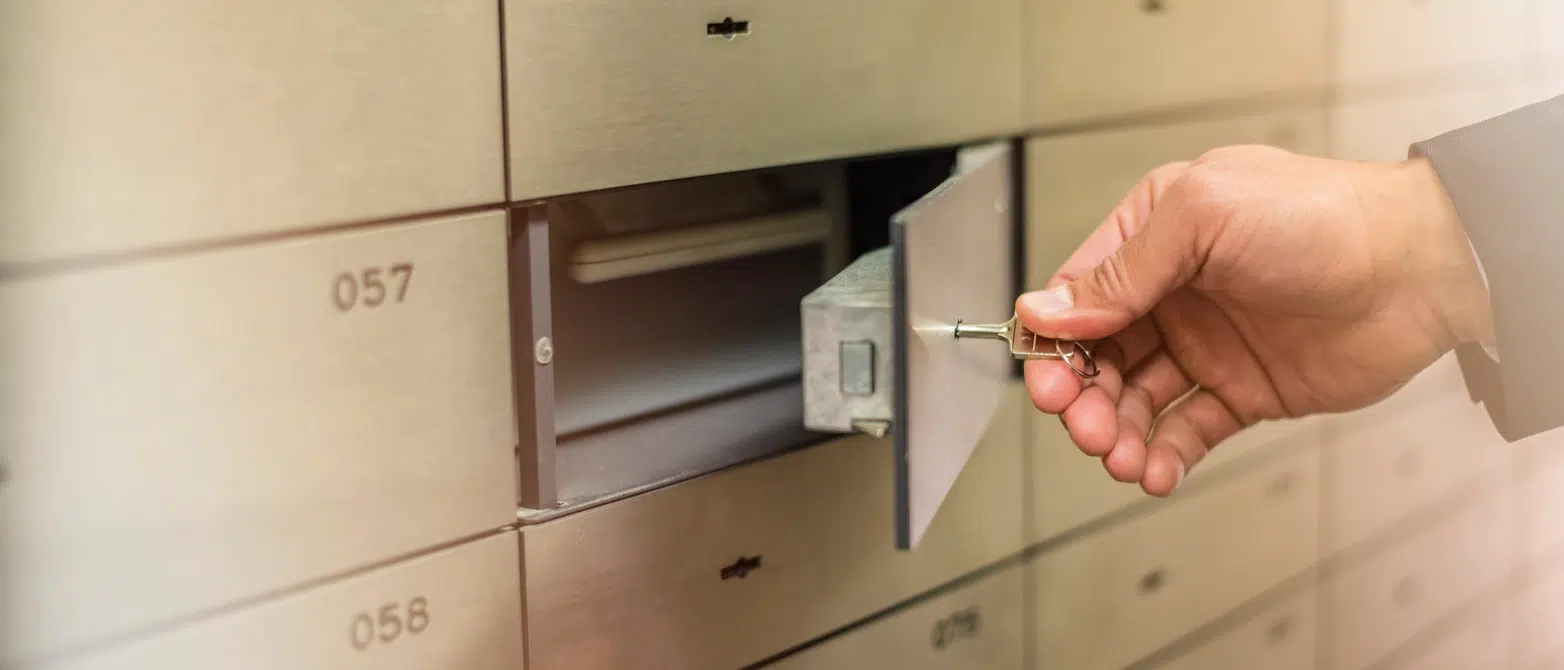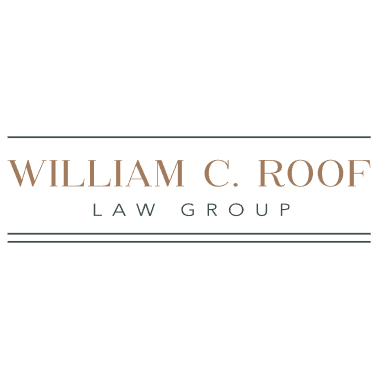As leading estate planning attorneys in Central Florida, our legal team has helped countless clients achieve financial security through top-tier legacy planning strategies. Schedule a free initial consultation to speak with a knowledgeable attorney today.
A key component of estate planning is creating the legal documents that will eventually communicate and reinforce your wishes after you pass. These might include a last will and testament, trust documents, and powers of attorney, as well as funeral instructions, financial statements, property deeds, and any other necessary paperwork that your beneficiaries will use to carry out your wishes.
After creating estate planning documents, it’s important to store them in a secure location, somewhere they won’t be vulnerable to water damage, fire, theft, or loss. Many individuals choose to store these highly sensitive and important documents in a safety deposit box to ensure a higher level of security. This is all well and good — as long as the decedent leaves instructions on how to access it.
Without legal authorization from the decedent, beneficiaries and executors can find themselves struggling to access the box and the important estate planning documents inside. If this is the situation you find yourself in, don’t worry: The Florida Estate Firm is here to help. This article will explain everything you need to know about accessing a person’s safety deposit box after their death, the required documents, and more.
What Is a Safety Deposit Box?
A safety deposit box is a secure, locked container that is typically located within a bank or a financial institution’s vault. Many individuals use safety deposit boxes to store valuable items, such as jewelry, family heirlooms, and sensitive documents, to ensure a higher level of security than is available at home.
In the context of estate planning, safety deposit boxes can play a crucial role in safeguarding documents that heirs or executors will need to access after their loved one’s death. However, it’s important to note that accessing a safety deposit box after the owner’s death may be restricted and delayed until probate proceedings, resulting in significant problems for beneficiaries who are depending on being able to gain immediate access.
Accessing a Deceased Person’s Safety Deposit Box
Accessing a deceased person’s safety deposit box can be a tricky endeavor and should be approached with caution. That being said, it might be possible to access a deceased person’s safety deposit box by following these key steps:
- Check for authorization. The first thing you should do is determine if you are legally authorized to access the safety deposit box. This can be done by checking if you are named as co-renter on the of the box, an executor, or a personal representative in the decedent’s will or trust documents (if you have access to them).
- Locate the will or trust. If the will or trust documents are located within the box, you may want to check with the decedent’s attorney, trusted friends, and family members to see if they left a key and instructions. If not, proceed with the next steps.
- Obtain a death certificate. You will need to obtain a certified copy of the deceased person’s death certificate in order to prove the death and initiate access to the box.
- Contact the bank. Provide the bank where the box is located with the death certificate and any legal documents that prove your authority, such as a copy of the will (if possible) or letter of administration.
- File a petition for access. Unless you are listed as a co-renter of the safety deposit box, you will likely need to file a petition with the probate court to authorize access.
- Inventory the contents. After you have been granted access, the bank may want to inventory the contents to ensure that everything is accounted for and that important legal documents, such as the will, are retrieved.
- Follow probate procedures. If the box contains the will, it must be filed with the probate court as part of probate proceedings, along with any other valuable items.
At the end of the day, accessing a deceased person’s safety deposit box can be a daunting task and, in some cases, impossible without legal assistance. A trusted estate planning attorney can help you verify legal authority, obtain necessary documents, and communicate with the bank and probate court.
What Documents Are Required to Access the Box?
Before attempting to access a safety deposit box, you will need to gather several key documents. Here are a few of the legal papers you will likely need:
- A certified copy of the decedent’s death certificate
- Valid photo identification, such as a driver’s license or passport
- Proof of authority, i.e., a copy of the will, letters of administration, or a court order
- A completed bank authorization form
- A safety deposit box key (if you have one)
If the safety deposit box was jointly owned with the right of survivorship, the surviving owner can typically access the box without going through probate. Consulting with an estate planning lawyer can help ensure that you are accessing the safety deposit box legally and efficiently.
Who Can Inherit a Safe Deposit Box?
In the State of Florida, the contents of a safety deposit box can be inherited according to the terms outlined in the decedent’s estate planning documents, such as their will or trust, as well as through the intestate success laws. The following individuals may be eligible to inherit the safety deposit box’s contents:
- Beneficiaries named in the will, according to the will’s instructions
- Trust beneficiaries, if the box and its contents are part of a living trust
- Joint owners, through the right of survivorship
- Intestate heirs, if the deceased failed to leave a will
In summary, individuals who are named in the deceased person’s will or trust documents, joint owners with a right of survivorship, and heirs designated by intestate succession laws (in the absence of a will) are all potentially eligible to inherit the contents of a safe deposit box. An estate planning professional can provide the legal advice you need to navigate inheritance issues and ensure that the contents of the safe deposit box are appropriately managed and distributed.
The Florida Estate Firm: Trusted Legal Advocates in Orlando
Estate planning leverages numerous tools, legal documents, and strategies to accomplish an individual’s various financial goals. While some estate plans are relatively straightforward, others are highly complex. All estate plans, however, ultimately serve one purpose: ensuring the decedent’s wishes are carried out in the most advantageous way possible.
Whether you need help accessing a safety deposit box, establishing a trust, designing a top-tier estate plan, or another estate planning issue, The Florida Estate Firm is here to guide you to the best possible outcome. Contact our law firm online to take advantage of a free initial consultation.
The contents of this article are not comprehensive, they provide only a general overview of the subject matter discussed. This article does not establish a client-attorney relationship with the reader, and no legal decisions should be made based on the article’s contents. Because every legal matter arises under unique facts specific to the client, no legal decision should be made without consulting a licensed attorney.



